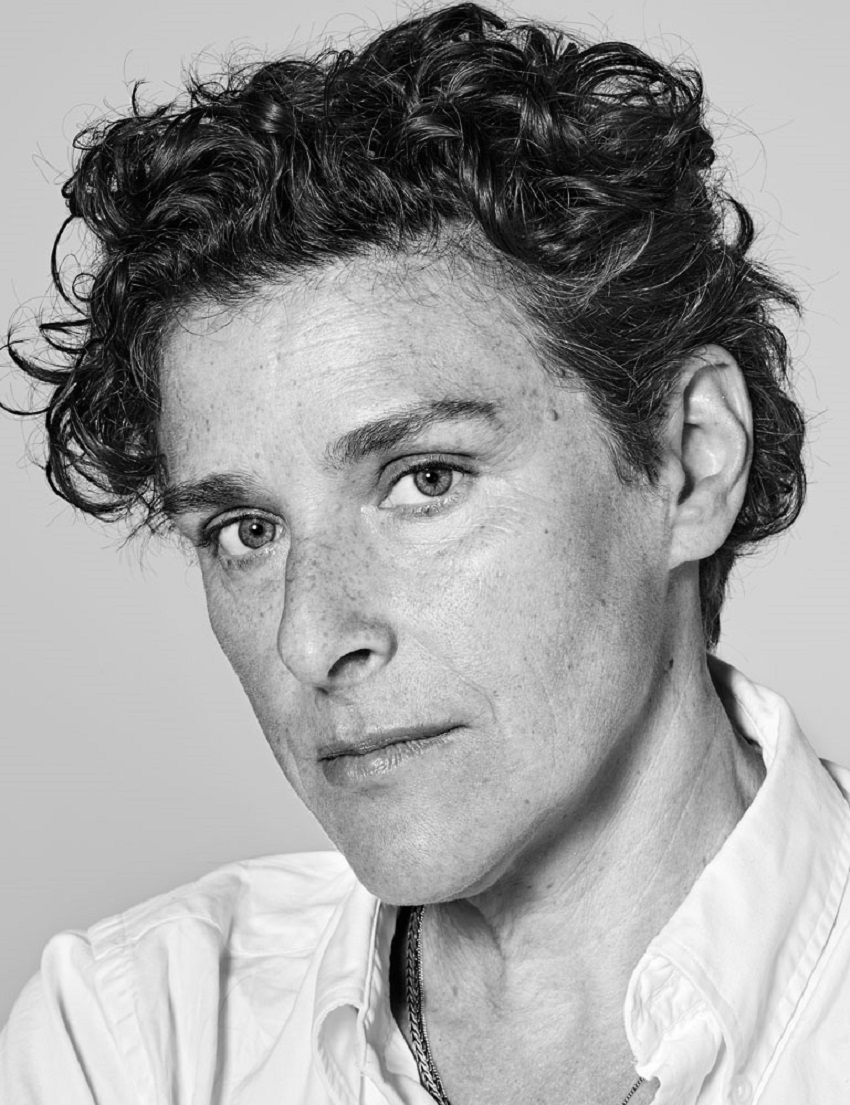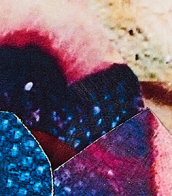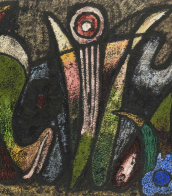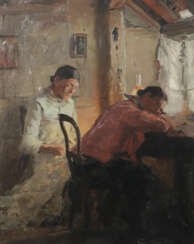video

Zoe Leonard is an American artist who works primarily with photography and sculpture. She has exhibited widely since the late 1980s and her work has been included in a number of seminal exhibitions including Documenta IX and Documenta XII, and the 1993, 1997 and 2014 Whitney biennials. She was awarded a Guggenheim Fellowship in 2020.



Robert Schmidt-Hamburg was a German marine and landscape painter, one of the most important illustrators of passenger and merchant shipping of the 1920s and 1930s, as well as of port and shipyard operations.


Pablo Atchugarry is a Uruguayan artist, best known for his abstract sculptural art. His works are included in many major collections, both private and public, and he has held more than one hundred solo and collective exhibitions worldwide.
For each sculpture, Atchugarry personally selects an appropriate block and is actively involved in carving it, with minimal help from assistants. He works with white Carrara marble from Tuscany, gray stone from Bardiglio, black from Belgium, and pink from Portugal. Aside from working with stone, he utilizes bronze finished in various patinas, ceramic, and, more rarely, various types of wood.


Carlos (Carl) Conrad Grethe was a Uruguayan-born German painter and academician. Grethe was born in Montevideo, Uruguay, but lived in Hamburg from the age of five. He studied at the Fine Arts School of Paul Düyffcke at the Karlsruher Kunstakademie, as well as the Parisian Académie Julian from 1884 to 1886. He interrupted his studies for almost a year to undertake a sea voyage to Mexico in 1888 and 1889. From 1894, Grethe was a member of the Munich Secession, and was also involved in the founding of the Karlsruher Künstlerbundes in 1896, the Stuttgarter Künstlerbundes, (the State Academy of Fine Arts in Stuttgart) in 1901, and the Verein Württembergischer Kunstfreunde. By the turn of the century Grethe had become prominent in representations of man and the sea, as well as of coasts and ports. His artistic style developed from a commitment to modern realism at the beginning of his career to a rather more impressionistic style in his later works.


Carlos (Carl) Conrad Grethe was a Uruguayan-born German painter and academician. Grethe was born in Montevideo, Uruguay, but lived in Hamburg from the age of five. He studied at the Fine Arts School of Paul Düyffcke at the Karlsruher Kunstakademie, as well as the Parisian Académie Julian from 1884 to 1886. He interrupted his studies for almost a year to undertake a sea voyage to Mexico in 1888 and 1889. From 1894, Grethe was a member of the Munich Secession, and was also involved in the founding of the Karlsruher Künstlerbundes in 1896, the Stuttgarter Künstlerbundes, (the State Academy of Fine Arts in Stuttgart) in 1901, and the Verein Württembergischer Kunstfreunde. By the turn of the century Grethe had become prominent in representations of man and the sea, as well as of coasts and ports. His artistic style developed from a commitment to modern realism at the beginning of his career to a rather more impressionistic style in his later works.


Ulla von Brandenburg is a German media artist and scenographer living and working in Paris.
Ulla studied scenography in Germany at the University of Art and Design Karlsruhe and fine arts at the University of Fine Arts Hamburg. Her projects are realized through a combination of black and white film, installation, performance, drawing and painting, mural painting, theater and video.
Theater is central to the artist's work. She often draws on representational forms from the late nineteenth century and early modernism. Ulla von Brandenburg expresses her love of fabrics and draperies in the creation of peculiar curtains with obvious references to classical theater productions, themes of Harlequin and buffoonery.


Francis Alÿs is a Belgian-born, Mexico-based artist.
His work emerges in the interdisciplinary space of art, architecture, and social practice. In 1986, Alÿs left behind his profession as an architect and relocated to Mexico City.
He has created a diverse body of artwork and performance art that explores urban tensions and geopolitics. Employing a broad range of media, from painting to performance, his works examine the tension between politics and poetics, individual action and impotence.











































































